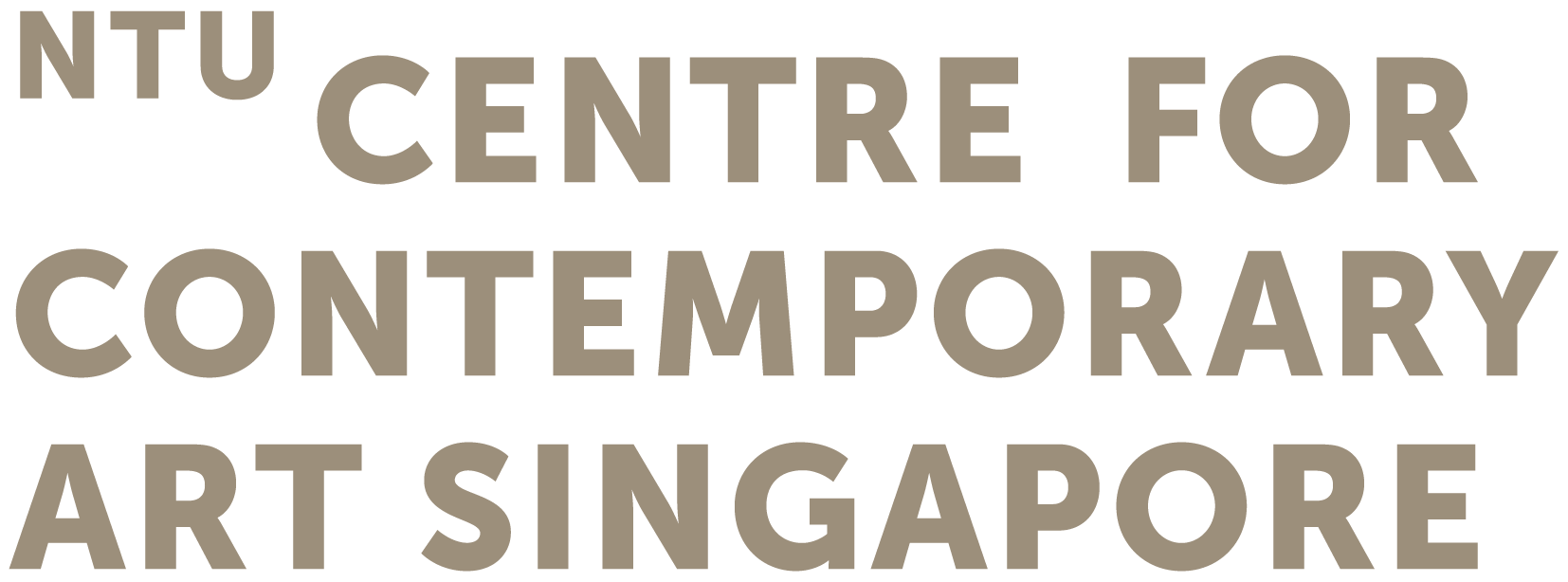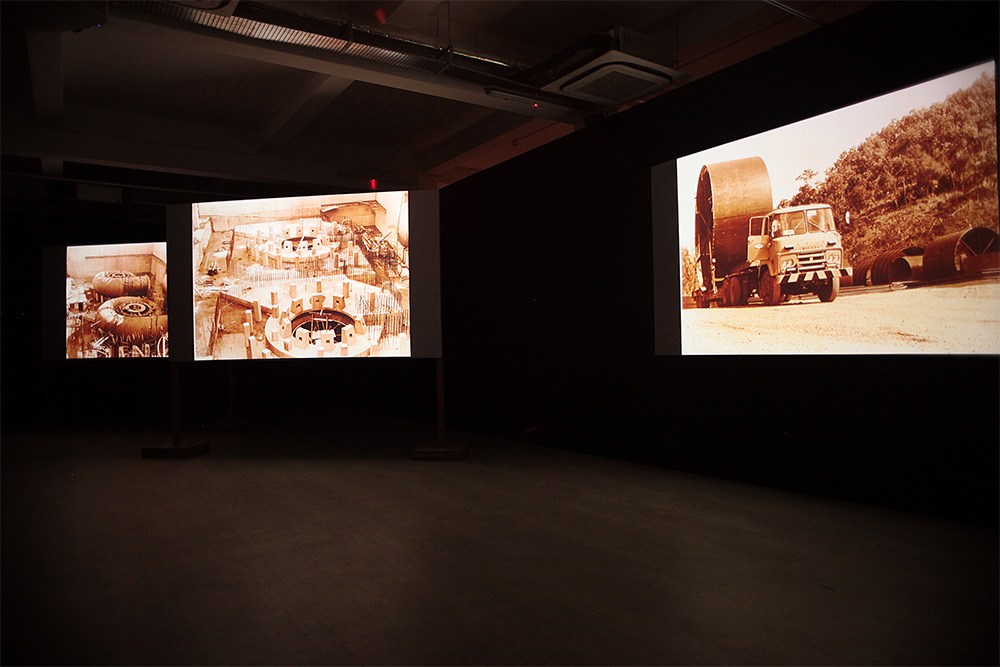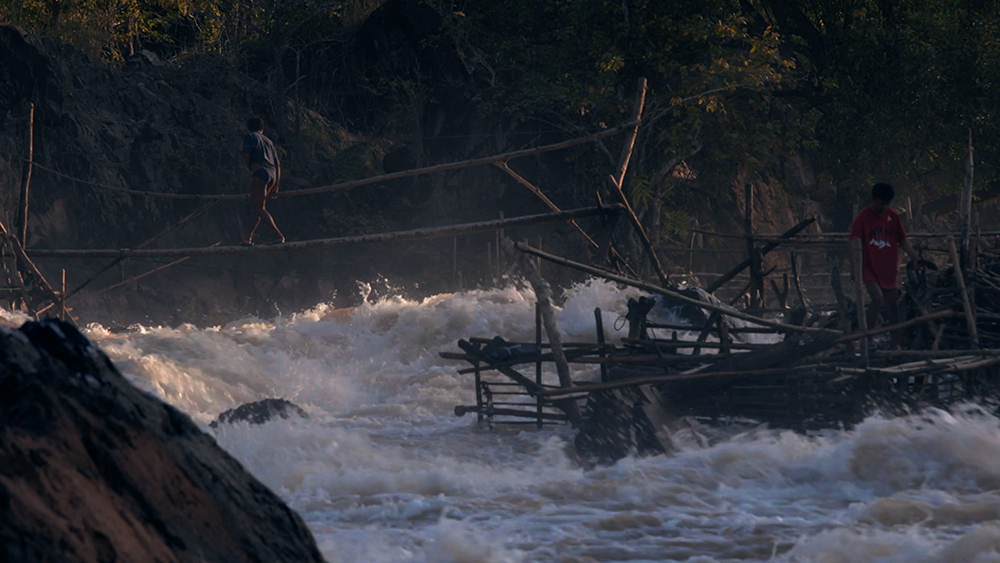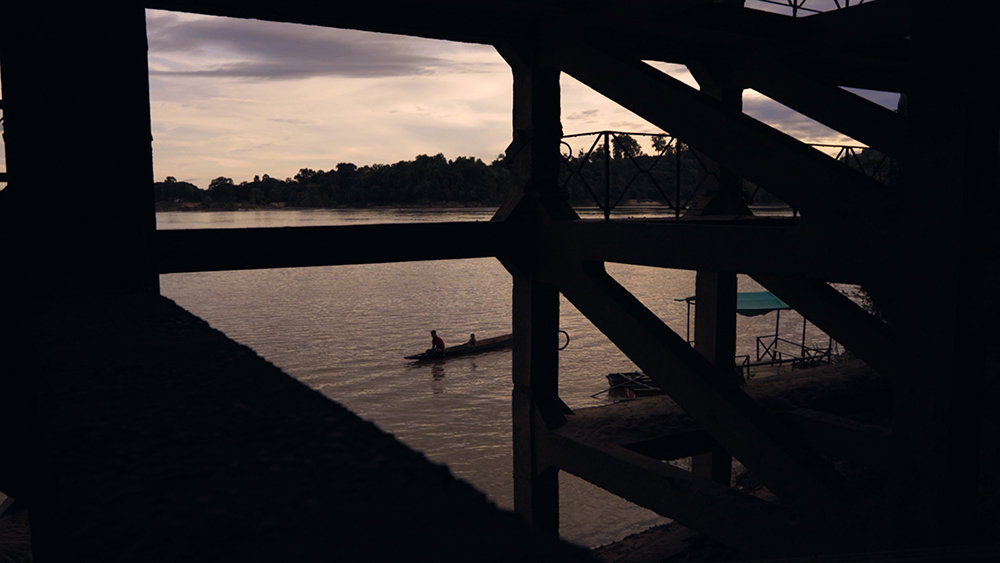Som Supaparinya
Som Supaparinya (b. 1973, Thailand) lives and works in Chiang Mai and Lamphun, Thailand. Her works encompass a wide variety of mediums such as installation, objects, still and moving images which have produced mainly with a documentarian and experimentarian approach. The works focus on the impact of human activities on other humans and landscapes through political, historical, and literary lenses. The changing landscape by various means motivated her practice. Her works are stories on noodles cultures, the change of the riverscapes, cityscapes, routes, electricity generation, resistance sites and banned books.
Some earned a BFA in painting from the Faculty of Fine Arts at Chiang Mai University and did her postgraduate studies in Media Arts from Hochschule Fuer Grafik und Buchkunst in Leipzig, Germany. She is a 2005 'Imaging Our Mekong' media fellow and a 2010 Asian Cultural Council fellow at the International Studio & Curatorial Program - ISCP in New York City. In 2011-2012, Som co-organised the Lifescape Southeast Asian Film Festival with Payap University, Chiang Mai. In 2013, she co-founded and ran Chiangmai Art Conversation and serves as director for the Asia Culture Station project in the Chiang Mai Province.













